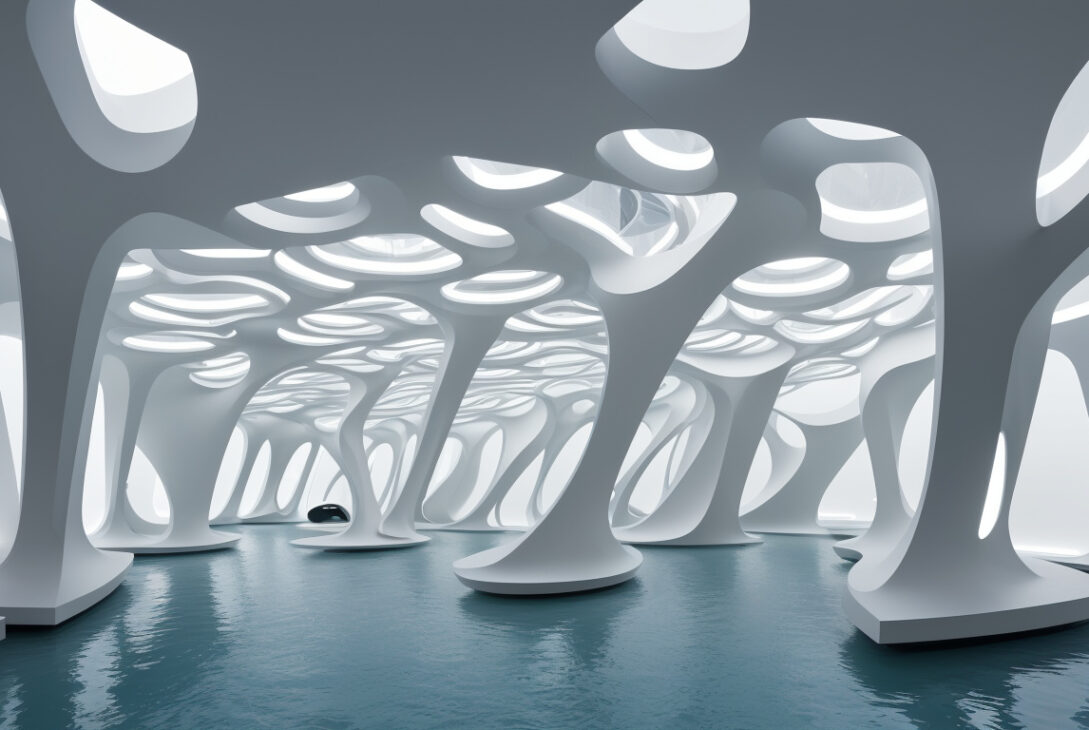The Role of Technology in Future Design: Insights from SCI-Arc at La Biennale di Venezia
Published on August 4, 2025 | Courtesy of SCI-Arc | Via ArchDaily
The 19th International Architecture Exhibition at La Biennale di Venezia prominently features contributions from the Southern California Institute of Architecture (SCI-Arc) community, underscoring the institution’s commitment to exploring the intersections of technology, design, and the future of architecture. Across national pavilions, independent installations, and research projects, students, alumni, and faculty from SCI-Arc engage critically with this year’s Biennale theme, Intelligens, showcasing visionary approaches that challenge and redefine architectural possibilities.
SCI-Arc’s Broad Presence at the Biennale
SCI-Arc’s involvement spans a wide array of formats, highlighting the school’s integrative pedagogy that combines experimentation with technological innovation. The exhibition offers a rich platform for discussing how design can respond to pressing global issues such as climate change, urban resilience, and social transformation, all while pushing forward the boundaries of architectural thought.
Oman’s First National Pavilion Curated by SCI-Arc Alumna
A landmark contribution comes from Majeda Alhinai, a notable SCI-Arc alumna who holds both a Master of Architecture (2016) and a Master of Science in Design Theory and Pedagogy (2017). Alhinai has been selected as the curator for Oman’s inaugural national pavilion at the Venice Biennale. Her exhibition, titled Traces, reimagines the traditional Omani sablah—a communal gathering space—as a model for future spatial and cultural configurations. Developed in collaboration with her studio partner William Virgil, the pavilion advances a nuanced discourse around space, memory, belonging, and cultural identity, exemplifying the leadership SCI-Arc graduates bring to global architectural conversations.
Addressing Climate Risks: The French Pavilion and SCI-Arc Vertical Studio
SCI-Arc’s innovative research and design are also featured prominently in the French Pavilion, curated by Dominique Jakob, Brendan MacFarlane (an SCI-Arc alumnus, B.Arch ’83), Martin Duplantier, and Éric Daniel-Lacombe. The pavilion’s project, Vivre avec / Living with, challenges architects to respond to ecological, climatic, and social transformations through thoughtful architectural innovation.
Within this framework, Elena Manferdini’s vertical studio, Atlas of Risks, utilized Los Angeles as a dynamic testing ground to investigate wildfire as an emergent architectural and environmental condition. Students developed site-specific strategies to mitigate and adapt to climate-induced disasters, blending rigorous research with speculative design to propose performance-based solutions.
Undergraduate Studio Explores Air and Energy Dynamics
Further contributing to Vivre Avec, the 2B undergraduate studio led by Jennifer Chen and faculty members David Eskenazi, David Freeland, and Kordae Henry focused on the complex atmospheric conditions of Downtown Los Angeles. Their project, Sway Me, interrogated factors such as air quality, the Santa Ana winds, and urban pollution, treating these elements simultaneously as risks and resources. Proposals included an Athletic Center powered by innovative wind turbines and natural ventilation systems designed to recalibrate the relationship between architecture and atmosphere.
Graduate Studio Tackles Drought and Water Scarcity
SCI-Arc’s graduate architecture studio 2GAX, co-led by William Virgil and Florencia Pita in Fall 2024, presented forward-looking solutions to Los Angeles’s chronic water scarcity through the Living With exhibition in the French Pavilion. Focused on dry futures and drought resilience, the studio’s proposals envision architectural interventions along the LA River that function as water reservoirs, capable of collecting, filtering, and redistributing slow-moving river water. These projects creatively integrate infrastructure with building design, presenting a compelling model for sustainable urban adaptation amid worsening climate challenges.
Remembering the 708 House: Eric Owen Moss Reflects on Loss and Transformation
SCI-Arc faculty Eric Owen Moss contributed a poignant reflection on The 708 House, a significant experimental architectural project from the 1980s that was tragically lost to wildfire in January 2025. Through drawings and critical essays showcased in the Arsenale’s central Intelligens exhibition, Moss reexamines the house as an open-ended architectural gesture, now seen through the lenses of loss, transformation, and temporality in today’s rapidly shifting environmental context.
Liam Young’s Film After the End: A Speculative Future Narrative
SCI-Arc faculty member and Fiction & Entertainment coordinator Liam Young premiered the European debut of his new film After the End in the Arsenale. This speculative timelapse narrative spans 50,000 years and imagines a post-fossil fuel world centered on Australia—a region deeply tied to coal and gas extraction. The film traces a journey from Indigenous histories and colonial impacts to a future shaped by renewable energy and Indigenous reclamation. Visual effects supervision was led by SCI-Arc faculty Alexey Marfin, and the film’s narrative was co-written with Australian First Nations actor and writer Meyne Wyatt. After the End reflects SCI-Arc’s commitment to creative storytelling as a tool for engaging with environmental futures and social justice.
Conclusion
SCI-Arc’s multifaceted contribution to La Biennale di Venezia 2025 exemplifies the critical role technology plays in imagining and shaping future architectural practices. Through installations, research studios, curated pavilions, and innovative media projects, the SCI-Arc community offers vibrant perspectives on sustainability, resilience, and cultural identity, embodying the transformative potential of design in an increasingly complex world.
For further details and project images, visit the full feature on ArchDaily: The Role of Technology in Future Design: Insights from SCI-Arc at La Biennale di Venezia.
ISSN 0719-8884 | ArchDaily, part of DAAily platforms AG 2008–2025










